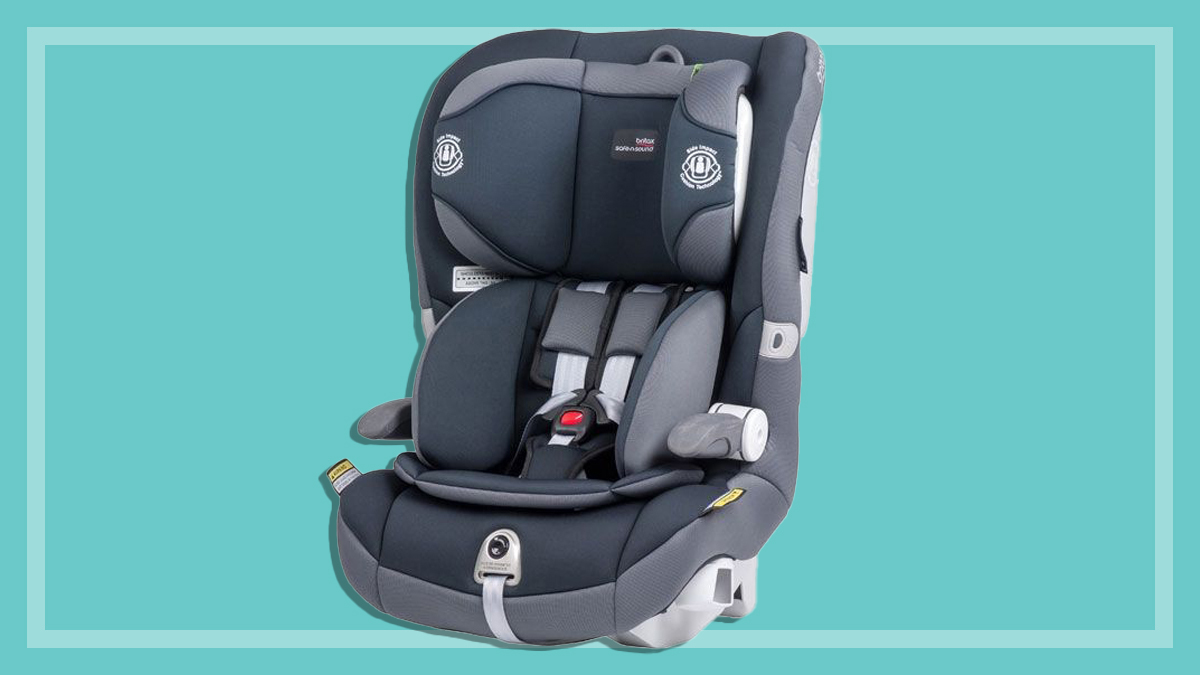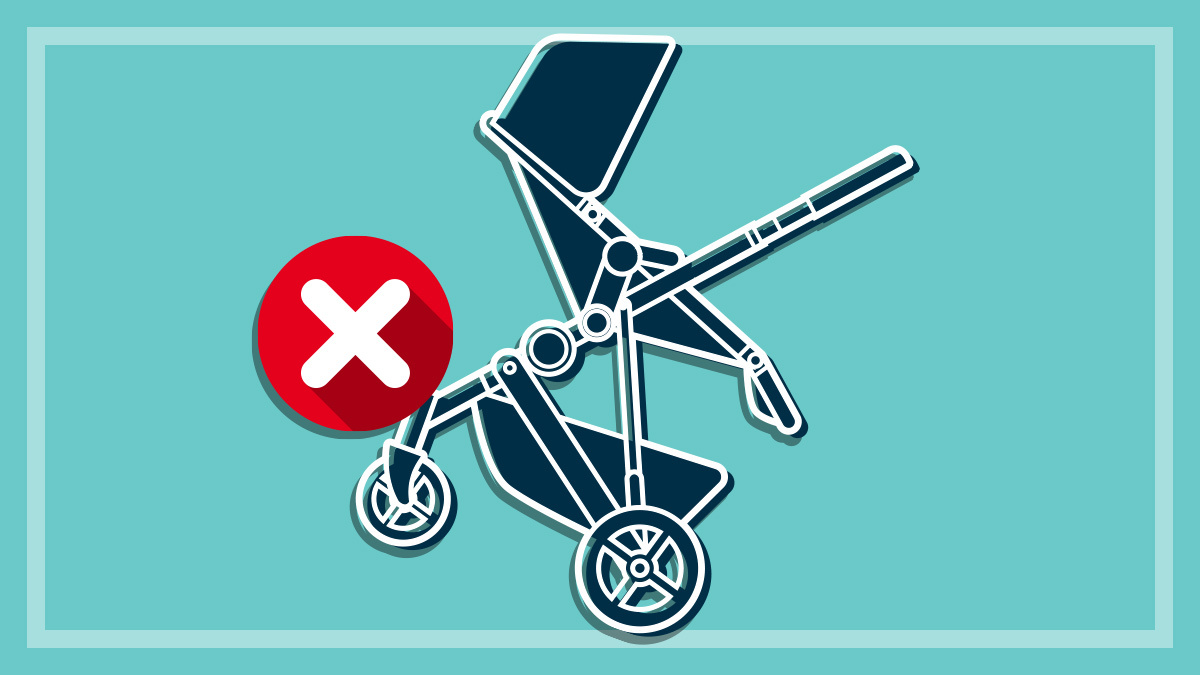Get our independent lab tests, expert reviews and honest advice.
Child safety gates fail safety test and pose injury risk
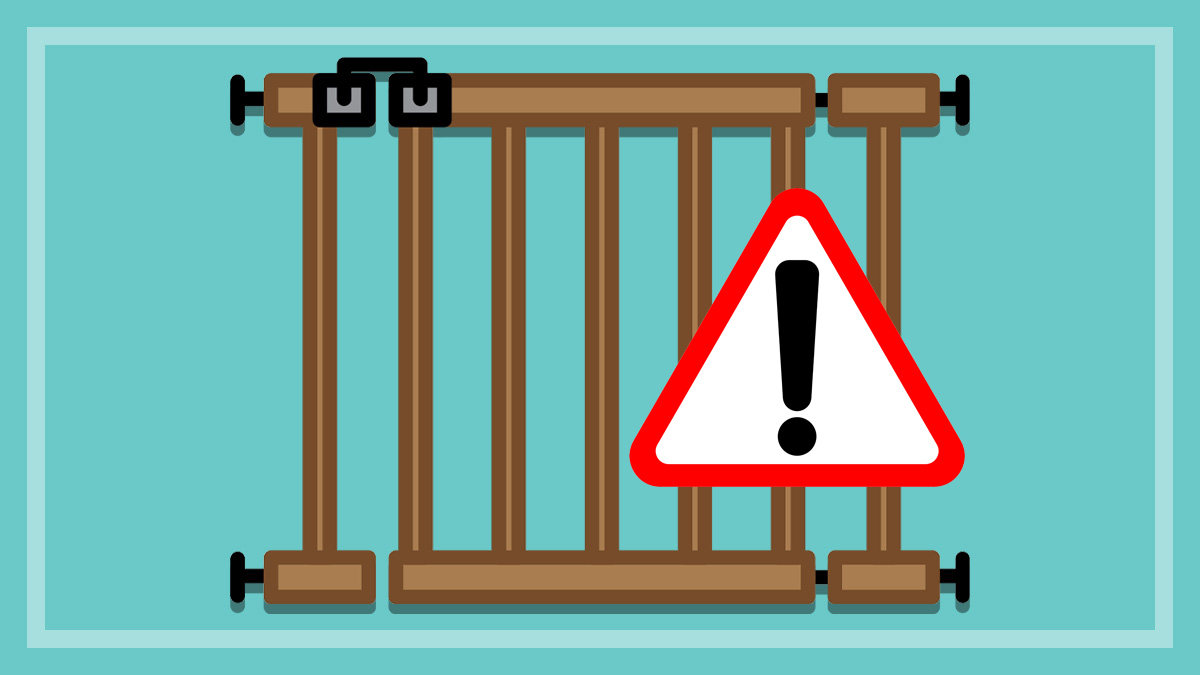
Need to know
- Currently, there's no Australian Standard for child safety gates. CHOICE has devised its own based on US and EU standards
- The failed safety gates pose risks such as finger and limb entrapment, and even potential strangulation risks
- Our experts have decades of experience and carry out rigorous tests based on overseas standards and safety knowledge
When it’s time to babyproof the house, a child safety gate is a great option for keeping inquisitive toddlers out of hazardous spaces such as the kitchen or staircase. But what if the gate not only fails to do its one job of keeping your child out of harm’s way, but actually poses a safety risk to your child?
We recently tested 14 models of gate for safety and ease of use. Of these, six failed our safety tests. Not only do some gates fail to close properly or stay closed, but they can also trap small fingers, arms or legs, and even snag clothes – which, in the worst-case scenario, could pose a potential strangulation risk.
Here’s what you need to know about the safety gates that failed our rigorous testing, and what to consider if you’re buying a safety gate.
The safety issues we found
Here are some of the safety issues that we found when we tested safety gates:
- Finger entrapment: a child’s finger could get caught in the gate.
- Limb entrapment: a child’s arm, leg, head or neck could get caught in the gate.
- Snag projection: the gate has a component that has the potential to snag or catch onto a child’s clothing, creating a potential strangulation hazard.
- Inadequate secureness: the gate may be left in an insecure position, or appear to be locked when it’s not.
- Sharp edges: some components of the gate have sharp edges that could cause an injury.
The child safety gates we don’t recommend
These six models from our most recent test all received poor safety scores, failing at least one safety test. We classify each failure as serious, minor or very minor. We then score each product based on the number and severity of the failures.
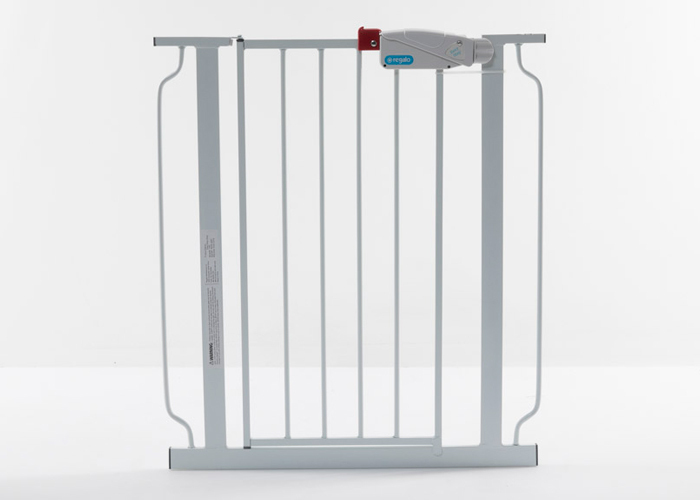
Regalo Easy Step Metal Walk-Through Safety Gate 1160DS
- Safety score: 20%
- CHOICE Expert Rating: 32%
- Ease of use score: 60%
- Serious failures: snag projection (strangulation hazard), limb entrapment hazard
Note: this product was not widely available at the time of publishing. But you may still be able to pick it up from some retailers or secondhand.
Read the full Regalo Easy Step Metal Walk-Through Safety Gate 1160DS review.
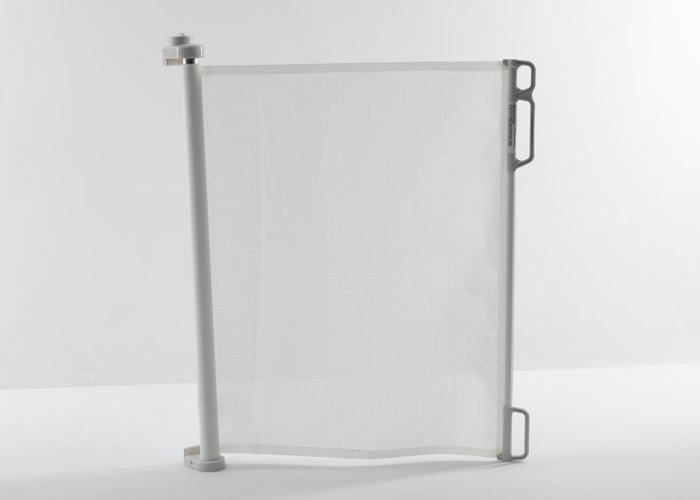
Perma Child Safety Retractable Gate 754
- Safety score: 40%
- CHOICE Expert Rating: 45%
- Ease of use score: 55%
- Serious failure: lack of secureness if both hooks are not properly engaged
Read the full Perma Child Safety Retractable Gate 754 review.
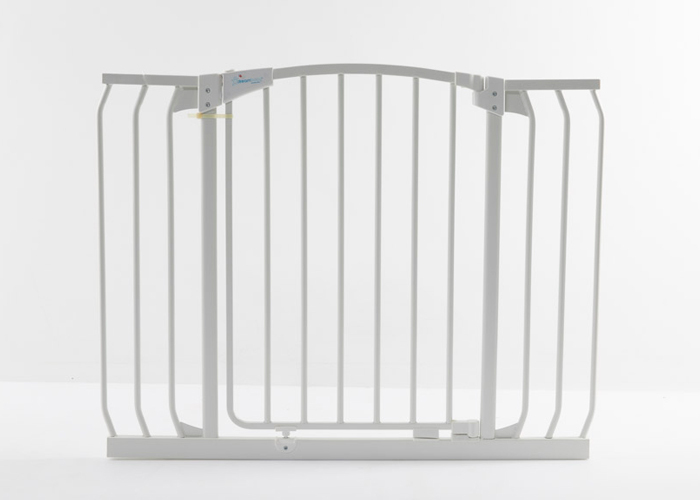
Dreambaby Chelsea Xtra-Wide Hallway Auto-Close Security Gate F170N
- Safety score: 40%
- CHOICE Expert Rating: 49%
- Ease of use score: 70%
- Serious failure: limb entrapment hazard
Read the full Dreambaby Chelsea Xtra-Wide Hallway Auto-Close Security Gate F170N review.
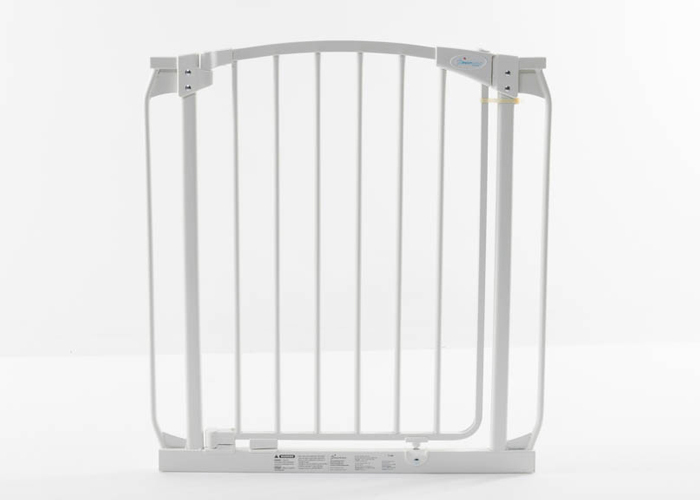
Dreambaby Chelsea Auto-Close Security Gate F160N
- Safety score: 40%
- CHOICE Expert Rating: 49%
- Ease of use score: 70%
- Serious failure: limb entrapment hazard
Read the full Dreambaby Chelsea Auto-Close Security Gate F160N review.
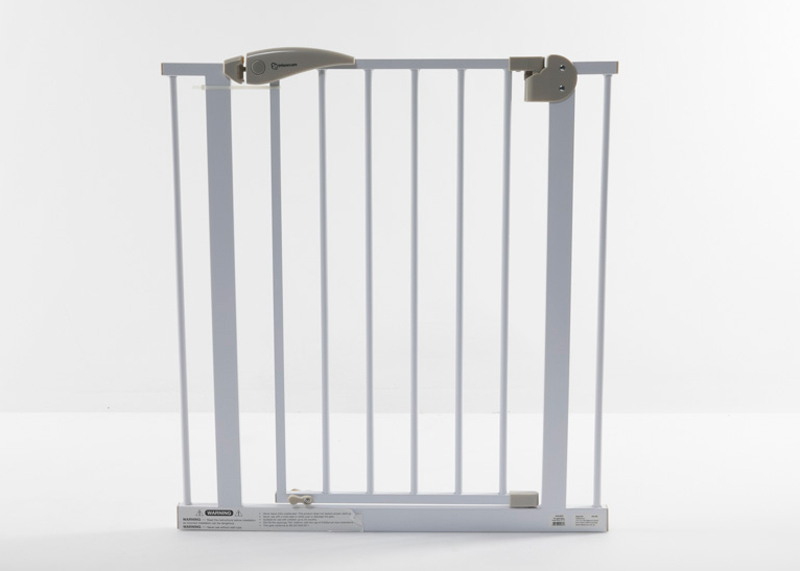
Infasecure Deluxe Safety Gate DG100
- Safety score: 40%
- CHOICE Expert Rating: 51%
- Ease of use score: 75%
- Serious failure: limb entrapment hazard
Read the full Infasecure Deluxe Safety Gate DG100 review.
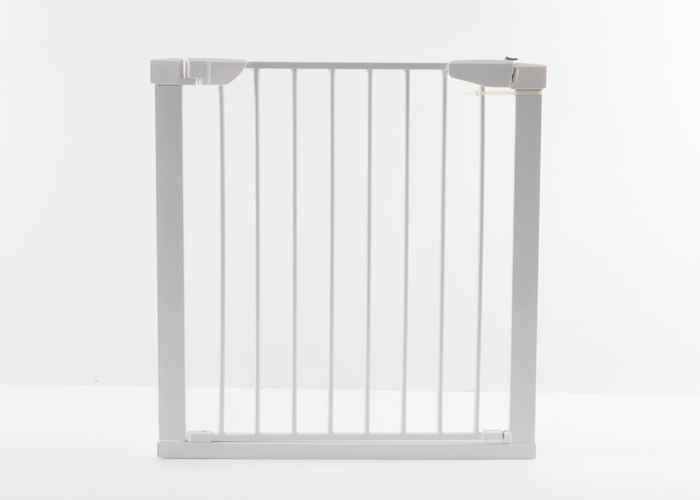
4Baby Auto-Close Safety Gate F2049
- Safety score: 40%
- CHOICE Expert Rating: 51%
- Ease of use score: 75%
- Serious failure: snag projection (strangulation hazard)
Read the full 4Baby Auto-Close Safety Gate F2049 review.
Lack of Australian safety standards
Unfortunately, there’s no Australian Standard for safety gates – they’re just one of a number of babies and kids’ products that don’t have to meet any particular standards for safety, even though they’re designed for use by one of our most vulnerable populations.
“For more than a decade, CHOICE has been calling on the Australian Government to introduce a law that requires manufacturers to check the products they sell are safe,” says Amy Pereira, our product safety campaigner. “In the absence of this important law, we rely on Standards, but what happens in the absence of those?
“When we buy products specifically designed to ensure the safety of our children, we should be able to make a fair assumption that the product is safe to use. But without a duty on manufacturers to guarantee this, we can only hope that the product will not harm our family.”
Testing method
Without an Australian Standard in place, our experts have devised a way of testing to make sure the product is safe for use.
We’ve based our test procedures on various existing Australian standards for similar children’s products such as cots, folding cots and toys. We also draw on elements of overseas standards, such as the European standard EN 1930:2011.
“Manufacturers whose models we’ve failed say they do meet existing international safety gate standards, but CHOICE experts believe our requirements address key safety concerns – and a number of products in our test do pass our safety tests,” says Kim Gilmour, CHOICE household goods expert.
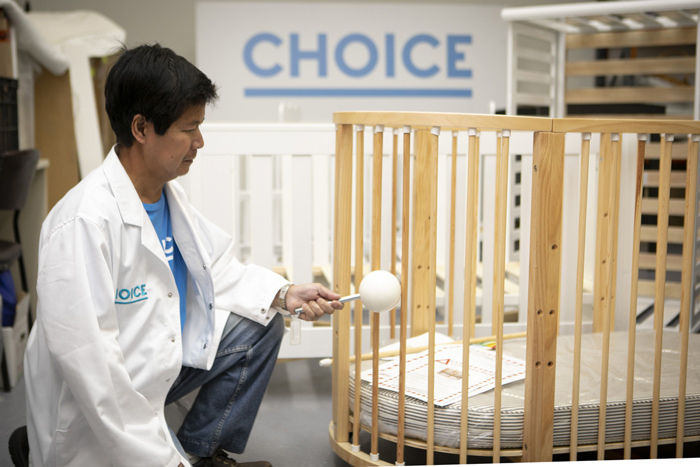
Meet our tester
Our safety gate tester Antonio Bonacruz knows his stuff. He’s been testing children’s products for the past 22 years and sits on various committees for Standards Australia, where he helps write the safety requirements for children’s products. This includes specifying how these products should be tested for safety.
He helped develop CHOICE’s in-house test method, which consists of safety requirements and test procedures based on various Australian and overseas standards for children’s products.
The method tests for things such as choking hazards, entanglements that can cause strangulation, access to dangerous places, falls from heights, entrapments in openings and between moving components, and structural integrity.
What the manufacturers say
We give manufacturers the right of reply when their products fail our safety tests. Here’s what some of them had to say about the results of our safety gates review:
- 4Baby (a Baby Bunting brand): “As you know, there is no Australian Standard for safety gates. Baby Bunting’s approach is to require its suppliers to ensure their products comply with the US or European safety standards – being countries that have similar safety regimes to Australia. The Baby Safety Gate has been independently tested by an accredited laboratory to confirm that it complies with the EN Standards EN 1930 and American Standard ASTM F 1004. This includes strangulation and finger entrapment hazards clauses in both Standards.”
- Dreambaby: “All gates are globally made to comply with one or both [of the US and European standards EN1930:2011 and ASTM F1004-19]. We sell in more than 100 countries, so we ensure our gates meet both international standards.”
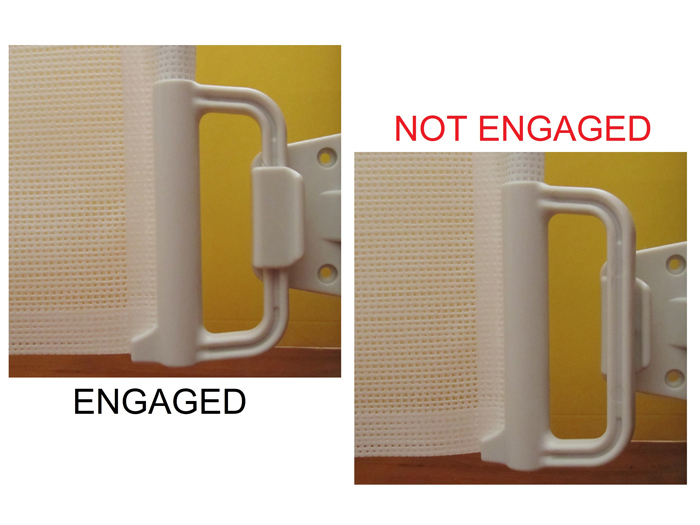
Things to consider when buying a child safety gate
If you’re looking for a child safety gate, you might also like to consider features that will affect how adults will use the gate.
Is it a trip hazard for you?
We found some gates pose a trip hazard as the floor bar is high enough for you to catch your foot on as you walk through. To lower the risk of dropping your baby while carrying them through a safety gate, look out for a safety gate with either a low-profile floor bar with chamfered edges – or one that doesn’t have a floor bar at all.
Is it easy to open and close?
Some safety gates can be tricky to open and close, and some even need two hands to open and close them. Given that parents tend to have their hands full most of the time, this could mean that you either don’t close the gate properly or stop using it altogether – which rather defeats the purpose of having a safety gate in the first place.
Is it difficult to assemble?
If you’re a parent, you’re likely to be running on reduced sleep, so a safety gate that’s difficult to assemble may just tip you over the edge! Make sure you check the ease of use scores in our review so you can avoid the models that are a nightmare to set up.




